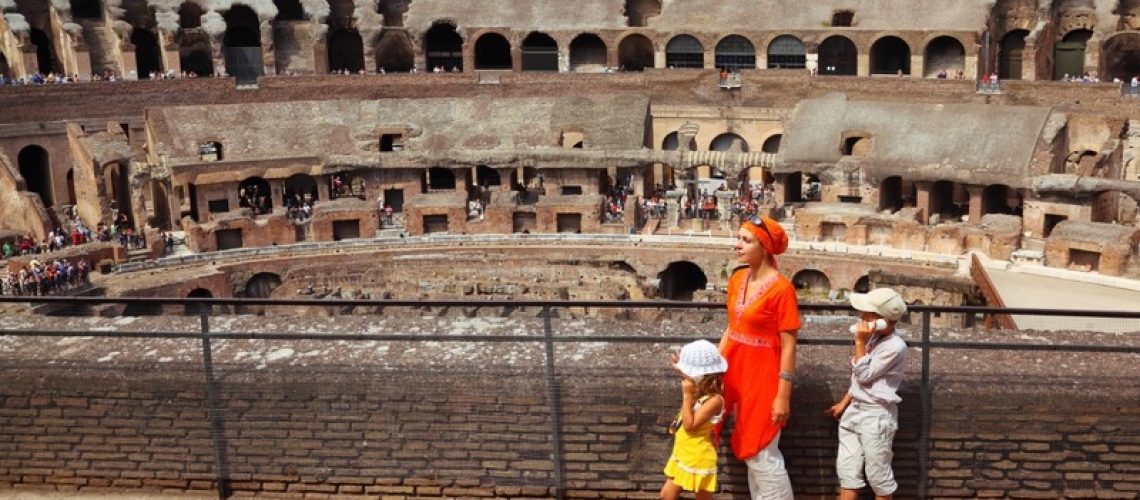When you have a Pope in the family it’s easy to get a beautiful villa and to fill it up with amazing artworks: that is how Galleria Borghese started its “career” to become one of the most interesting museums in Rome.
Galleria Borghese: the villa, the gallery and the gardens
A visit to Villa Borghese is three great experiences in the same place, but it is possible to visit the art gallery in the villa and the gardens separately as well.
Galleria Borghese: from vineyard to museum…
The story of Villa Borghese dates to 1605, when Scipione Borghese, Pope Paul V’s nephew, started the transformation of a vineyard he owned in the Pincio area into a garden – the biggest project in Rome of that kind since the fall of the Empire.
Meanwhile the works for the construction of the villa were started, and with it te collection of artworks that will become the museum.
Scipione Borghese was Bernini’s patron and a Caravaggio’s “fan”, and Bernini and Caravaggio works are the core of the collection, enriched also by archeological findings, such as the Gladiators mosaic found in 1834 in another Borghese family estate.
Since 1903 the gallery is an Italian State owned public museum, and it includes a wide variety of artworks from the XVI and XVII Century. Even if the collection has lost some important works when Napoleon forced his brother in law Camillo Borghese to sell him the Roman statues and antiquities (that’s the reason for which you have to go to the Louvre to see part of the works…), the Galleria Borghese is still enriched by great masterpieces, such as Caravaggio’s Boy with a Basket of Fruit and Saint Jerome Writing, or the Lady with a Unicorn by Raphael – Raffaello Sanzio.
Part of the Villa Borghese park are other important buildings and artworks: Villa Medici is the seat of the French Academy in Rome; not far from the Villa, the Galleria Nazionale d’Arte Moderna – National Gallery of Modern Art.

